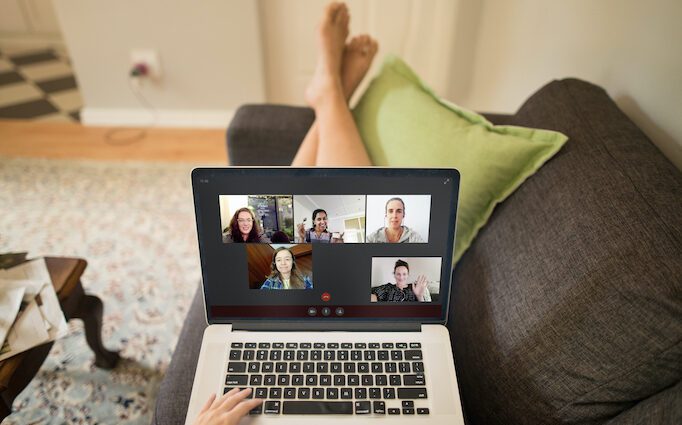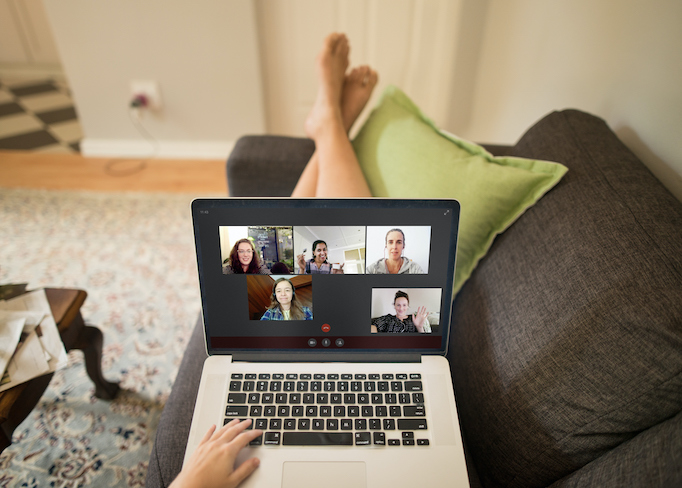Try these tips to become a videoconference pro
Dec. 8, 2020
This paid piece is sponsored by Avera Health.
Unless your career is in performing arts or television, you were not likely to consider your posture, position and “telepresence” before the COVID-19 pandemic.
But for many of us, meetings on Zoom, Webex, GoToMeeting or Skype have become the norm. Whether professional or candid, these videoconference formats are something you can master.
“A good rapport – or webside manner as we call it – is a critical skill,” said Kristi Sidel, director of telemedicine education with Avera eCARE®.
Making a good connection requires practice and a few key pointers:
Connection is everything: “Imagine you’re face to face with those you are meeting with,” Sidel said. “Practice your delivery and how you look and feel. Ask your friends or family for feedback. Look directly into the camera, so to participants, it looks like you’re talking directly to them. It’s hard to not look at the picture of yourself or others, but when you do, it looks like you’re looking down or away.”
Clarity beats creativity: Meeting via videoconference means you will miss some of the non-verbal or verbal cues you would have gotten in person. So be especially clear – to the point it might seem like you’re being redundant. “Be clear and precise, but don’t forget to be yourself. Ask for feedback to ensure that your listeners understand your main points,” Sidel said. “Again, avoid taking your eyes off the camera to work or look at your phone. This can short-circuit the clear connection you’re trying to make.”
Monitor emotions: We’ve all stepped into a room and felt a lightness of spirit – or perhaps a heaviness because someone is upset. This is harder to detect in a videoconference – until you start seeing facial expressions or hearing tone of voice. “Read the room. If someone seems anxious or withdrawn, remember to refocus on the interaction as if it were face to face,” she said.
Distractions can defeat you: Noisy jewelry, striking patterns or colors in clothing or disorienting backgrounds can lead your audience to wander while wondering about you. “It’s a new medium to almost everyone, so things like lighting, hand gestures, framing in the shot or even how long meetings should last are all things to keep in mind,” Sidel said. To gain confidence and improve technique, encourage your team to have one-on-one or small group conferences. “Learn how your camera, microphone and other features work. Remember, the goal is a meaningful encounter where you are clearly making connections with those on the conference.”
One last tip is perhaps the most important: Make time for human connection. “Some people find themselves getting burned out on videoconferences. Take a few minutes for a friendly conversation rather than just addressing the topic at hand,” Sidel said. “Shake things up – try just a conference call if your recurring video meetings seem stale,” she said. “Or set up ‘virtual watercooler meetups’ where the goal is just bonding, not so much work-focused discussion.”
Avera physicians have done more than 85,000 virtual visits during the past eight months. Find a physician at Avera.org/doctors.








